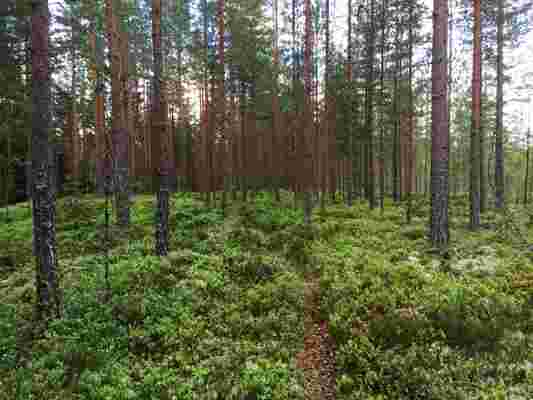Why North Korea Is Suddenly Fascinated by Swedish Architecture
In many respects, Sweden and North Korea couldn't be more different. On one end of the spectrum, the Nordic country is governed by a democratically elected prime minister, boasts a capital city that's among the fastest growing in Europe, and is perennially ranked by National Geographic as one of the "Top 10 Happiest Countries in the World ." North Korea, by contrast, is run by a Supreme Leader and keeps its borders firmly closed to most of the world, while the United Nations has created a special commission to investigate potential human rights violations in the country. Yet dissimilar as they may be, Sweden and North Korea just might have found common ground in the unlikeliest of areas: architecture.
Late last fall Kang Yong Dok, the North Korean ambassador to Sweden, requested a meeting with the KTH Royal Institute of Technology , Sweden’s largest architectural school. The North Koreans were first introduced to KTH through a Swedish architect who helped build ski lifts near Pyongyang. The initial phone call was quickly put through to Per Franson, the dean of architecture at KTH. “I was as shocked as one could be to receive a call from the North Korean ambassador,” says Franson. “But of course, I was more than happy to invite him to our campus and discuss our many programs.”
After arriving on campus, situated in central Stockholm, Ambassador Dok described his country's wide-ranging interests, everything from KTH’s curriculum and structure to the similarity in their countries' climates. “I explained how our school is organized, the requirements each student must fulfill, and the great emphasis we place on sustainability by incorporating the concept into each one of our courses,” Franson says.

The majority of Sweden's forests contain coniferous Norway spruce and Scots pine. Both are frequently used to build homes and other large structures.
Yet the North Korean government was interested in more than merely the courses offered at KTH. “They knew that Stockholm’s population is rapidly expanding,” says Franson. “And that as a result, we are currently in the midst of a massive housing shortage.” KTH’s dean described to the ambassador how they have approached the issue at the local level, rather than from the top down. “I explained how we are not interested in quick fixes. So this means working with communities to understand their needs while also using sustainable, locally sourced materials such as timber to build new homes.”
According to the Observatory of Economic Complexity (OEC), which is a resource for international trade and economic data, North Korea doesn't rely heavily on materials from other nations, ranking 142nd out of roughly 200 countries for imported goods. North Korea is also increasingly under strict sanctions from the global community. Given this stark reality, it is easy to see why an understanding of sustainable, locally sourced architecture is so important. According to a 2015 report by the World Bank, nearly 70 percent of Sweden is covered in forest, while 42 percent of North Korea is forested land. “We have a lot of wood to work with here in Sweden,” says Franson. “So we really don’t need to rely on other countries to build our homes or even our skyscrapers .”

One of North Korea's many forests. The one pictured is located in the northern parts of the country, close to the Chinese border.
Moving forward, the North Koreans would like to continue the conversation where it left off. “Near the end of our meeting we were discussing the similarities in Stockholm and Pyongyang’s climate and commonality of both countries being situated between two seas,” says Franson. “It appears the ambassador was pleased with our conversation and our shared commonalities, for he ended the meeting by inviting us to North Korea to see their architecture and schools.” KTH is a government-funded university, so there would be many questions to answer before anyone from its program visited North Korea, but Franson says that doesn’t mean it couldn’t happen. As an initial step in the long process, he is looking into ways of having architectural student exchanges between the two countries. “I find it very fascinating that the most restricted country in the world is suddenly open for dialogue, and it’s in the form of architecture and, of all places, in Sweden. So yes, I am very much interested to see where this goes.”